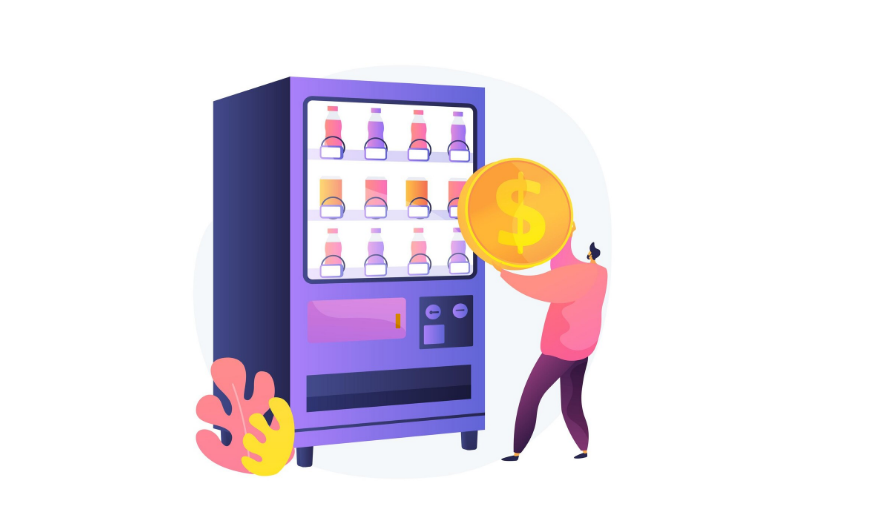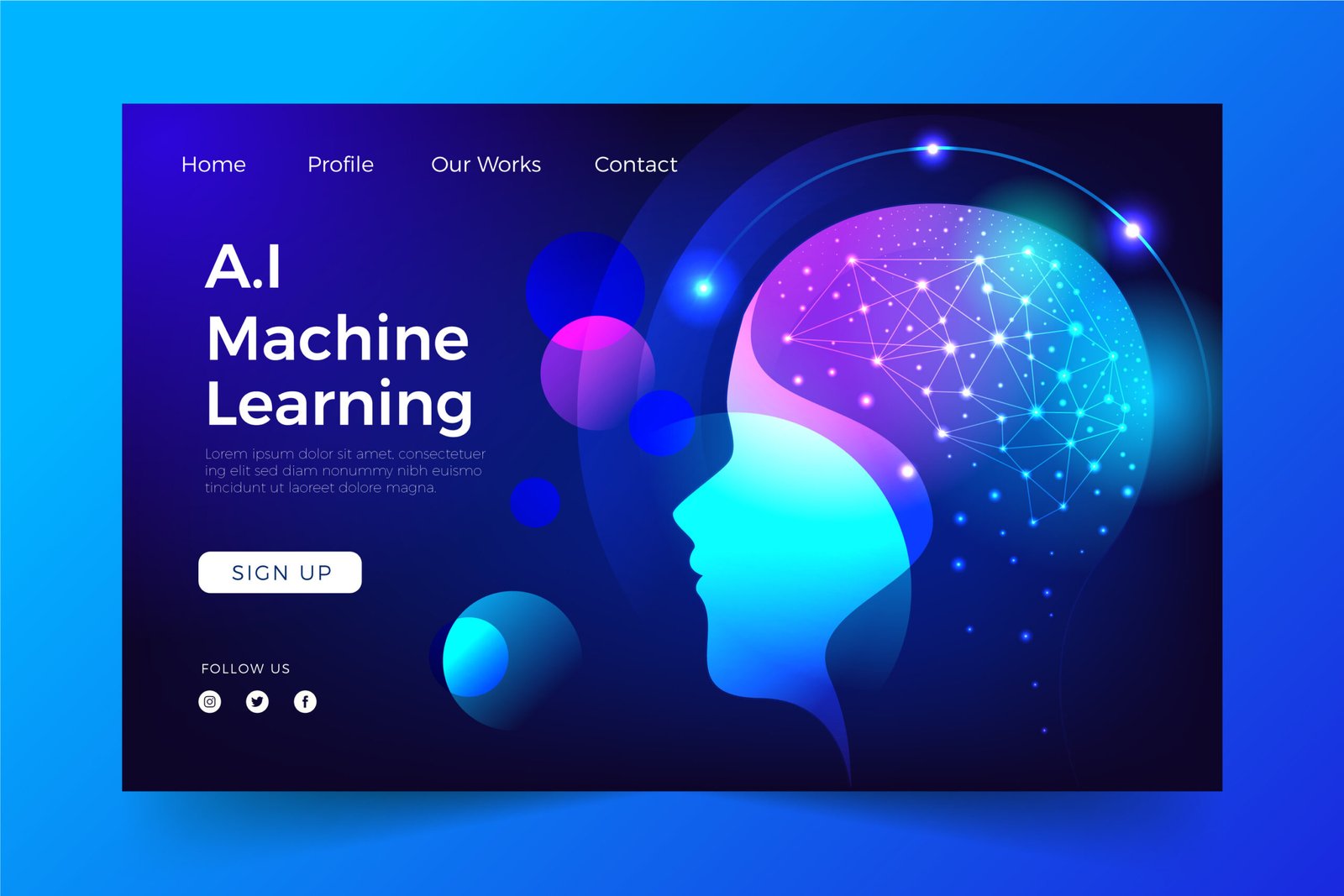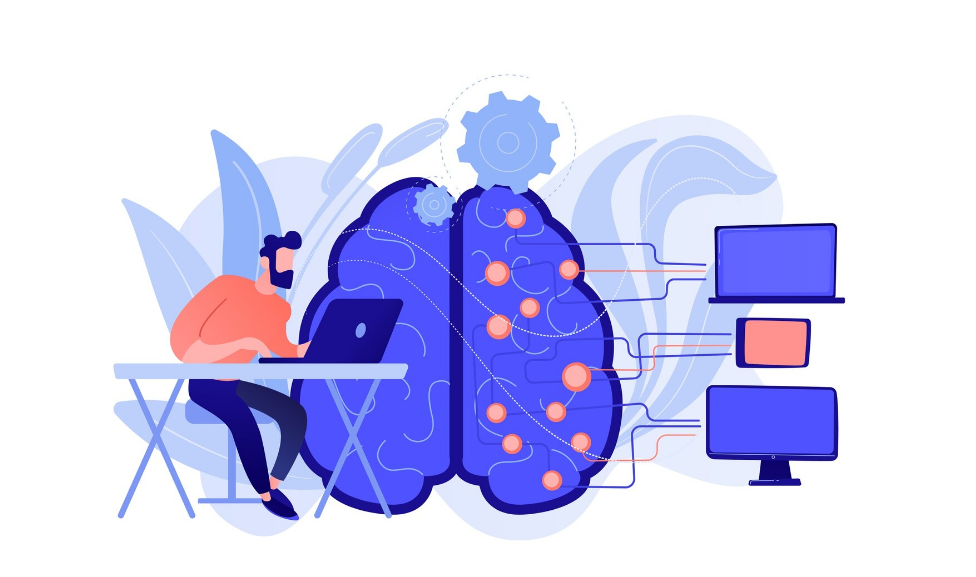Introduction to B2B Subscription Models
Business-to-Business (B2B) subscription models refer to a pricing strategy where businesses offer access to their products or services on a recurring basis, typically monthly or annually. Unlike traditional one-time purchase models, which require customers to make upfront payments for goods or services, B2B subscriptions promote a more predictable revenue stream for companies and foster long-term relationships with clients. This model has emerged as a potent alternative as organizations seek to adapt to the complexities of today’s competitive market.
The shift to subscription-based pricing models represents a significant transition in the business landscape. It encourages companies to pivot from merely transactional relationships towards collaborative partnerships with their clients. In this environment, businesses can regularly update clients on new features, receive ongoing feedback, and provide tailored offerings that can adapt over time. Such an approach not only enhances customer satisfaction but also elevates customer lifetime value, reinforcing the idea that retaining existing clients is often more cost-effective than acquiring new ones.
Furthermore, B2B subscription models differ in several key aspects from traditional methodologies. For one, they facilitate cash flow management for both service providers and customers. Companies using this model can better predict revenue flows and allocate resources efficiently. On the customer side, businesses can reduce their upfront investments, allowing them to allocate budgets flexibly and respond to evolving market needs without the burden of significant initial costs.
Overall, the rise of B2B subscription models showcases a transformative shift wherein companies embrace innovative approaches to pricing and customer interaction, setting the stage for more dynamic and responsive business operations. Understanding this evolution is crucial for organizations aiming to thrive in an increasingly subscription-oriented economy.
Historical Context: The Evolution of B2B Transactions
The landscape of B2B transactions has witnessed significant transformations over the past several decades. Historically, B2B interactions primarily revolved around traditional sales models, where businesses engaged in direct purchasing and selling of goods and services. These transactions were characterized by one-time exchanges, often necessitating prolonged negotiation processes, reliance on relationship-building, and lengthy sales cycles.
In the early 20th century, many industries operated on a transactional basis, heavily influenced by economic conditions and the demand-supply paradigm. However, as globalization began to take shape towards the latter part of the century, businesses started adopting more strategic approaches to their operations. This shift was marked by a growing need for efficiency and adaptability in the face of evolving market dynamics.
With the advent of the digital age in the 1990s, the introduction of e-commerce transformed B2B transactions dramatically. The internet facilitated not only quicker communications but also a wider reach for businesses seeking to engage with potential clients. Online marketplaces emerged, marking a pivotal change in how goods were marketed and purchased. This shift led to the development of various purchasing models, including bulk buying, which offered businesses reduced costs and enhanced inventory management.
As technology continued to advance in the 2000s, subscription-based models began to gain traction. Pioneering companies recognized the potential of offering services on a recurring basis, which allowed for predictable revenue streams and fostered deeper customer relationships. This new paradigm aimed at delivering ongoing value to customers, shifting the focus from one-time transactions to long-term partnerships. Consequently, the rise of subscription models redefined B2B interactions, laying the groundwork for current practices and trends that prioritize customer retention and satisfaction.
Reasons Behind the Rise of B2B Subscriptions
The emergence of B2B subscription models represents a significant shift in the way businesses operate and generate revenue. Several factors have contributed to this trend, notably technological advancements, evolving buyer behavior, and the increasing demand for predictable revenue streams. Each of these elements plays a critical role in the growing popularity of subscription-based strategies among businesses across various sectors.
Firstly, technological advancements have enabled companies to offer subscription services in a more streamlined and efficient manner. Cloud computing, data analytics, and automation tools have made it easier for businesses to manage subscriptions, monitor customer engagement, and analyze usage patterns. For example, companies can leverage data analytics to anticipate customer needs and tailor their offerings accordingly, leading to higher satisfaction and retention rates. This technological support facilitates a seamless experience for both providers and customers, thereby encouraging the shift towards subscription models.
Secondly, changing buyer behavior significantly influences the rise of B2B subscriptions. Modern businesses increasingly prefer flexible solutions that adapt to their specific needs, rather than committing to one-time purchases of products or services. The subscription model provides a sense of assurance, allowing businesses to use resources as needed without incurring hefty upfront costs. This flexibility aligns with the ongoing trend of minimalism and efficiency in procurement, where companies strive to avoid unnecessary expenditures while still optimizing their operations.
Another vital aspect driving the rise of B2B subscriptions is the demand for predictable revenue streams. As businesses face fluctuations in the market and economic uncertainty, subscription models present a stable and consistent income source. This predictability allows companies to plan investments, allocate resources efficiently, and fund ongoing innovations. By adopting subscription-based strategies, businesses not only enhance their financial sustainability but also position themselves to navigate changing market dynamics more effectively.

Benefits of B2B Subscription Models
B2B subscription models have become increasingly prevalent in the business landscape, offering companies a variety of advantages that can significantly enhance their operations. One of the paramount benefits is improved cash flow. By adopting a subscription model, businesses can generate a consistent revenue stream, allowing for better financial planning and resource allocation. This recurring revenue not only stabilizes cash flow but also enables companies to forecast income more accurately, which is essential for growth and sustainability.
Another critical advantage of B2B subscription models is the potential for increased customer retention. Traditional transactional selling often leads to fluctuating customer loyalty, as clients may not feel a strong attachment to a one-time purchase. In contrast, subscription models encourage a deeper relationship between the provider and client, as ongoing support and value delivery become integral parts of the service. This long-term engagement fosters loyalty and, ultimately, customer retention, resulting in enhanced customer lifetime value.
Moreover, B2B subscription models facilitate the development of long-term relationships. Companies can leverage the duration of their service to better understand client needs and preferences, paving the way for tailored offerings. For instance, a software company that provides its services on a subscription basis can frequently gather user feedback and adapt features accordingly, thereby improving the user experience over time.
Several real-world examples elucidate these benefits. For instance, cloud service providers like Salesforce or Microsoft have realized tremendous growth by utilizing subscription models, which help them maintain their competitive edge through continuous improvements and recurring revenue. As a result, businesses that strategically incorporate B2B subscription models can expect to thrive in a rapidly changing market, making them better equipped to meet their clients’ evolving demands.
Challenges and Considerations in Implementation
The transition to a B2B subscription model presents various challenges that organizations must navigate to ensure success. One of the primary hurdles lies in the operational adjustments required to shift from traditional sales models to a subscription framework. Companies often need to reevaluate their existing processes, from pricing strategies to customer relationship management, to align with the new revenue predictability associated with subscriptions. This may necessitate a realignment of sales teams and the retooling of communication strategies to focus more on long-term relationships and customer retention rather than short-term sales targets.
Another significant consideration is customer education. Businesses may encounter resistance from clients accustomed to one-time purchases or project-based transactions. To address this, organizations should invest in educating their customer base on the benefits of subscription models, highlighting advantages such as cost savings over time and access to ongoing support and updates. Effective communication strategies should be developed to facilitate this transition, including tailored messaging and comprehensive onboarding processes that assist customers in understanding how the subscription model operates and the value it offers.
Additionally, technology integration poses a crucial challenge. Transitioning to a subscription model often requires the implementation of new software systems, such as subscription billing platforms or customer relationship management tools that support recurring revenue processes. Organizations must ensure that their technology stack is compatible with subscription management and can handle recurring billing cycles seamlessly. This may involve training staff on the new systems and ensuring that data migration is conducted accurately to mitigate potential disruptions. Ultimately, addressing these challenges thoughtfully is essential for organizations to thrive within the evolving landscape of B2B subscription models.
Case Studies of Successful B2B Subscription Models
As the landscape of business continues to evolve, numerous organizations have turned to B2B subscription models as a viable and lucrative option. Analyzing successful case studies provides deeper insights into the strategies employed by these businesses, the challenges they faced, and the remarkable results they achieved.
One notable example is Adobe, which transitioned from a traditional software licensing model to a subscription-based structure with Adobe Creative Cloud. By moving to a monthly or annual subscription fee, Adobe not only increased its revenue consistency but also enhanced customer retention. The company strategically focused on delivering regular updates and new features, ensuring that subscribers continually received value for their investment. This approach not only expanded Adobe’s customer base but also built a loyal community eager for continuous innovation.
Another exemplary case is HubSpot, a leading inbound marketing and sales platform that utilized a tiered subscription model. HubSpot implemented various tiers of subscription packages, catering to different business sizes and marketing needs. This strategy allowed them to attract a diverse clientele, ranging from small startups to large enterprises. They faced initial resistance as some customers were hesitant to commit to ongoing payments. However, they addressed these concerns by providing free trials and showcasing the long-term financial benefits of subscriptions. Over time, HubSpot experienced significant growth, with revenue skyrocketing as users recognized the value of their subscription offerings.
Lastly, consider Slack, the communication platform that revolutionized team collaboration. Slack adopted a freemium subscription model, allowing users to experience its basic features at no cost while offering advanced functionalities through paid subscriptions. This strategy proved effective in converting free users into paying customers, as businesses recognized the efficiency and collaborative potential of the platform. Slack encountered challenges in balancing free service offerings with the need to monetize, yet their focus on enhancing user experience led to consistent growth and high customer satisfaction.
These case studies collectively illustrate the potential of B2B subscription models. By understanding the approaches taken by Adobe, HubSpot, and Slack, organizations contemplating this shift can gain valuable insights into effective strategies and the importance of continuously delivering value to maintain customer loyalty.

Future Trends in B2B Subscription Models
The B2B subscription model landscape is evolving rapidly, propelled by technological advancements and shifting market demands. As businesses seek to enhance customer engagement and streamline their operations, emerging trends are beginning to take shape, illustrating the future direction of these models.
One of the most significant trends is the personalization of subscription services. Companies are increasingly leveraging data analytics to tailor their offerings to meet the specific needs of their clients. This shift towards personalization not only enhances customer satisfaction but also fosters long-term loyalty. By analyzing purchasing patterns and customer behavior, businesses can provide customized solutions that resonate with their clientele, thereby increasing subscription renewals and upsell opportunities.
Integration of artificial intelligence (AI) is another pivotal trend expected to redefine B2B subscription models. AI technologies can automate various processes, from customer service to inventory management, leading to improved efficiency and reduced operational costs. Moreover, AI can facilitate predictive analytics, helping businesses anticipate customer needs and adapt their offerings accordingly. The utilization of AI tools allows for a more proactive approach, enabling companies to stay ahead of market trends and optimize their subscription frameworks.
Furthermore, the impact of global economic changes cannot be understated. Economic fluctuations, such as inflation and supply chain disruptions, prompt businesses to reconsider their expenditure and operational models. In this environment, B2B subscription models offer a compelling advantage by allowing firms to maintain flexibility and cost-effectiveness. Subscriptions can help mitigate the risks associated with large upfront investments, enabling companies to allocate resources more efficiently.
In conclusion, the future of B2B subscription models is likely to be characterized by a heightened emphasis on personalization, the integration of AI, and adaptability to economic changes. As businesses continue to embrace these trends, the subscription model will undoubtedly play a crucial role in shaping the landscape of B2B commerce.
Measuring Success: Key Metrics for Subscription Models
To effectively evaluate the performance of B2B subscription models, it is imperative for businesses to track specific key performance indicators (KPIs). These metrics offer valuable insights into customer engagement, financial health, and overall success of subscription services. The first critical metric is Customer Lifetime Value (CLV), which calculates the total revenue a business can expect from a single customer over their entire relationship. Understanding CLV helps organizations identify profitable segments and tailor their strategies accordingly, guiding investments in marketing and customer service.
Another essential metric is the churn rate, which represents the percentage of subscribers who cancel their subscriptions within a given timeframe. A high churn rate can indicate dissatisfaction with the service or a mismatch between what the business offers and customer needs. By monitoring churn, organizations can implement targeted retention strategies, such as improving customer support, enhancing product offerings, or creating engagement initiatives that retain subscribers for longer durations.
Additionally, acquisition cost is a vital KPI that measures the average expense incurred to acquire a new subscriber. It includes marketing expenditures, sales efforts, and any promotional offers used to convert leads into paying customers. Keeping acquisition costs in check while maximizing conversion rates contributes significantly to the sustainability of a subscription model. Balancing these metrics provides a comprehensive view of the subscription ecosystem, enabling businesses to refine their growth strategies over time.
Moreover, tracking metrics such as Average Revenue Per User (ARPU) and Monthly Recurring Revenue (MRR) can yield further clarity on revenue generation and user profitability. Evaluating ARPU helps businesses assess pricing strategies, while MRR focuses on maintaining predictable income streams. By consistently monitoring these key performance indicators, B2B companies can navigate their subscription models more effectively, ensuring success in the dynamic and competitive landscape.
Conclusion: The Transformative Power of B2B Subscriptions
As the business landscape evolves, B2B subscription models have become increasingly significant in driving innovation and efficiency across various sectors. Throughout this blog post, we have explored the fundamental aspects of B2B subscriptions, highlighting their ability to enhance customer engagement, improve revenue predictability, and foster long-term relationships. Companies adopting these models have the opportunity to reimagine their value propositions, focusing on customer satisfaction and loyalty as foundational pillars.
In particular, the adaptability of subscription services allows businesses to respond swiftly to market changes and customer demands. By transitioning from traditional transaction-based selling to a subscription-based approach, organizations can benefit from recurring revenue streams, reducing the uncertainty that often accompanies one-time purchases. This shift not only supports financial stability but also aligns well with the growing preference for on-demand access to services and products among businesses.
Moreover, B2B subscription models encourage companies to invest in a customer-centric philosophy. Through continuous engagement with subscribers, businesses can collect valuable feedback and insights that inform product development and service enhancements. This iterative process fosters innovation and ensures that offerings remain relevant in an ever-changing marketplace.
For organizations contemplating a transition to a subscription-based model, it is essential to evaluate current practices and customer needs to tailor offerings accordingly. Implementing such strategies can lead to a transformative impact on business operations and competitive positioning. Ultimately, embracing the B2B subscription approach presents a significant opportunity for sustainable growth and long-term success. As the industry continues to evolve, those who effectively harness the power of subscriptions will likely gain a substantial edge over competitors. In conclusion, it is vital for businesses to consider how subscribing to this model can lead to not only immediate benefits but also lasting advantages in their respective markets.





